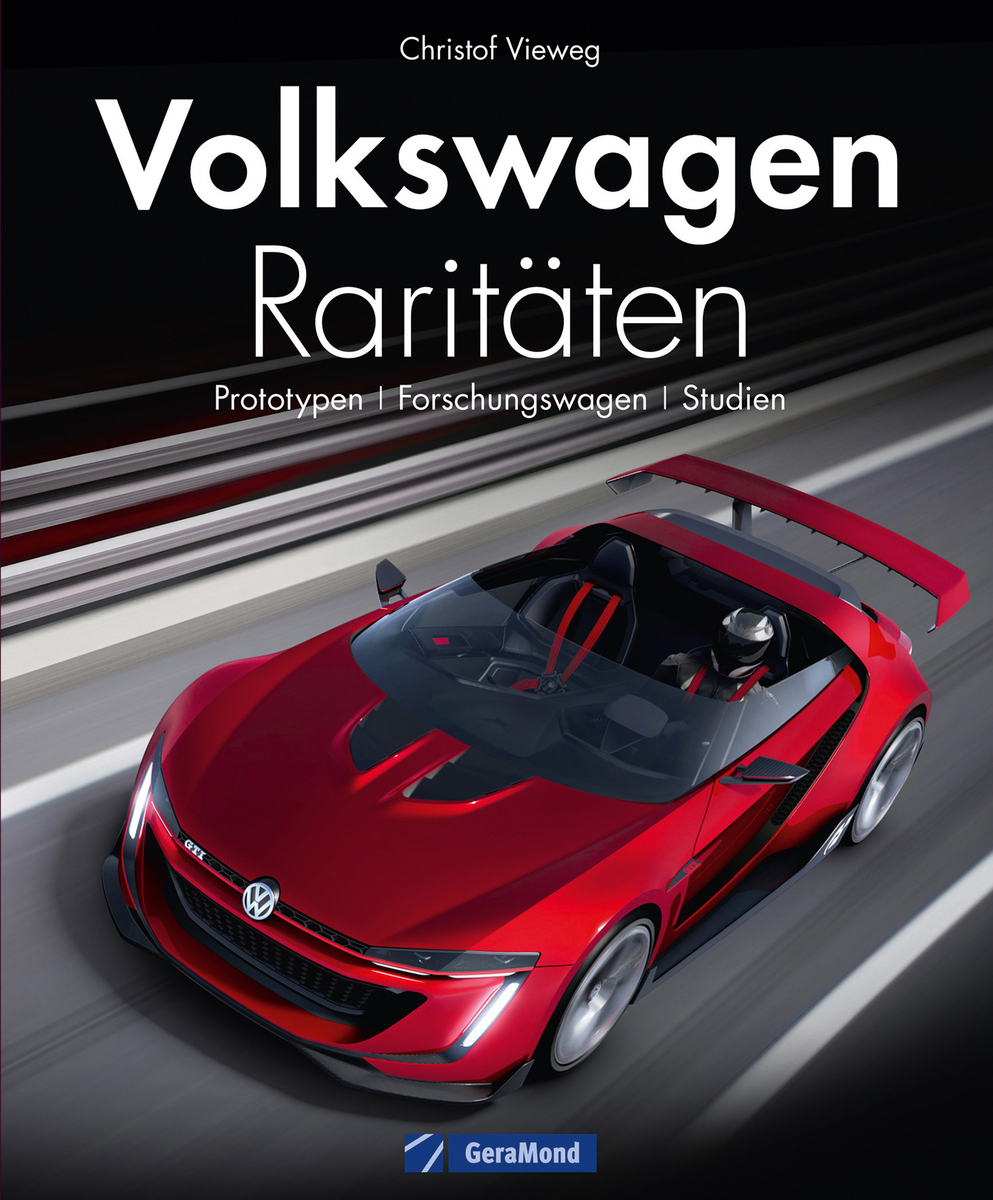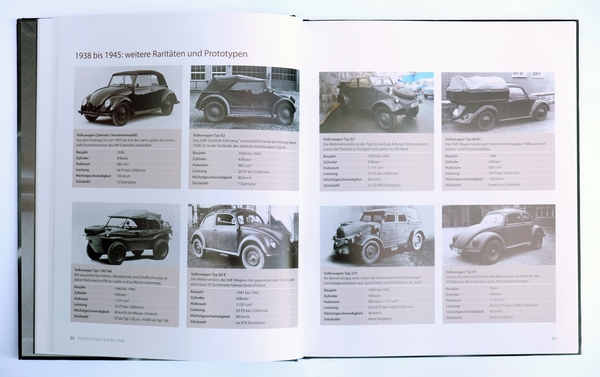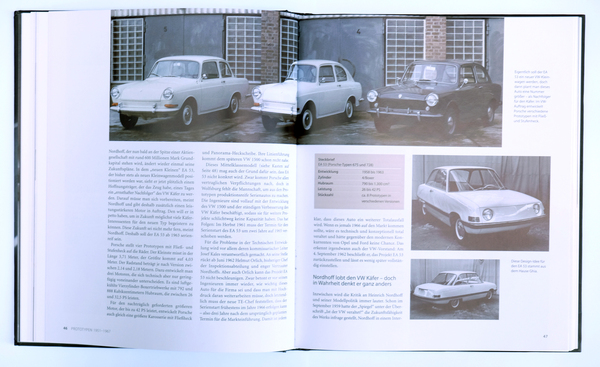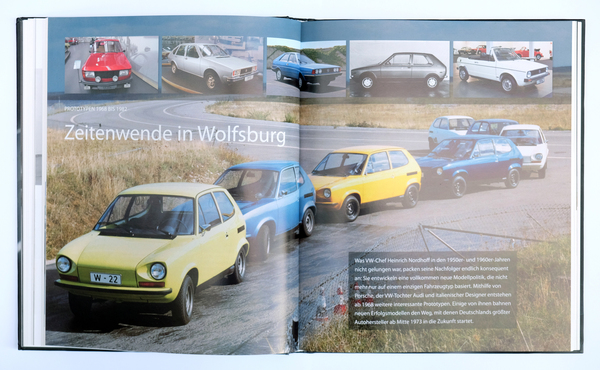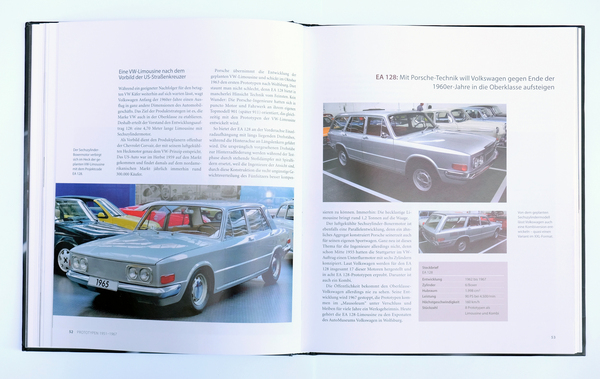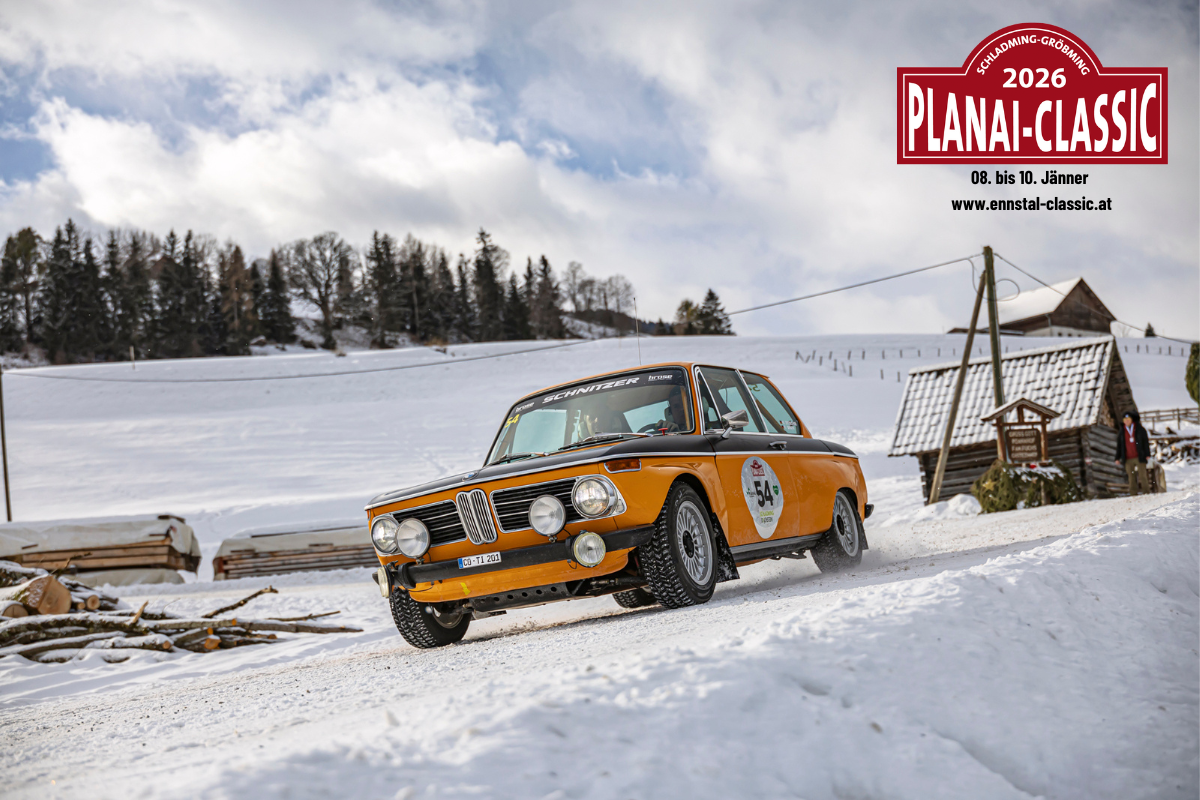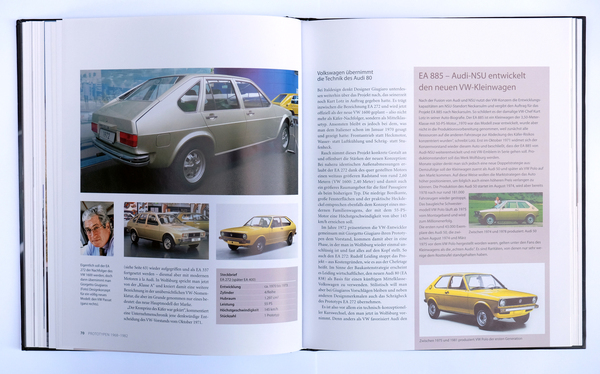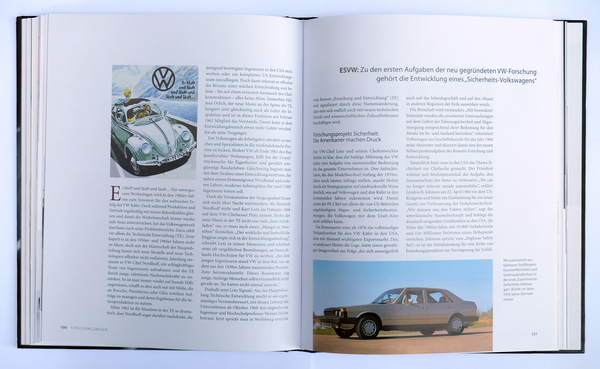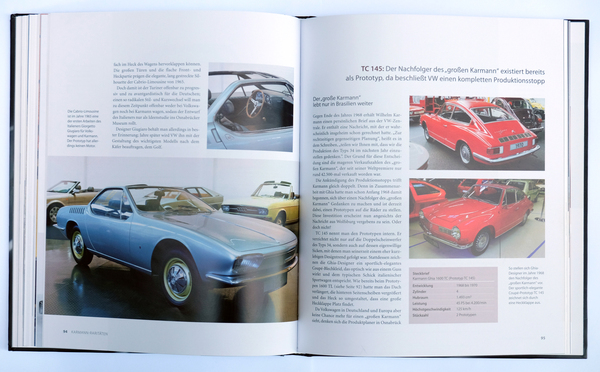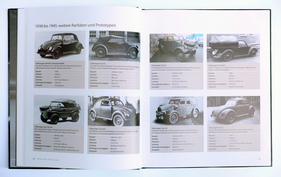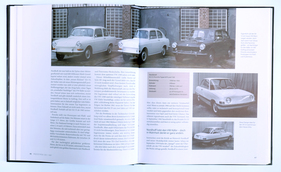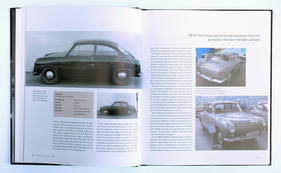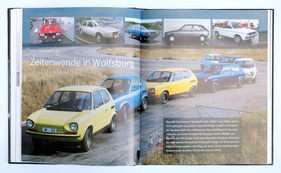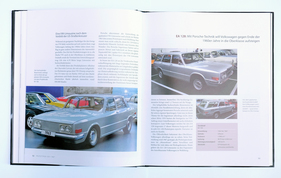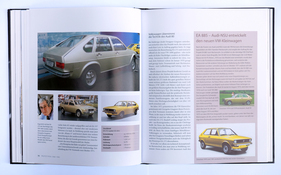When Christof Vieweg reaches for the keyboard to write something down, he usually devotes himself to the brand with the three-pointed star. For years, he was the man behind the Mercedes press kits and has written countless books on the new and old Mercedes models.
With his "Volkswagen File", he has substantiated the interesting thesis that the Beetle was not a Porsche idea, but was more or less stolen by Béla Bahrény. And this book review also begins with this development.
It all began with the Volkswagen
You can spin it however you like. Without the liaison between the supposedly greatest military commander of all time and one of the greatest automobile designers, there would be no discussion about the Volkswagen Supervisory Board today. Yet the start of this project was not under a good star.
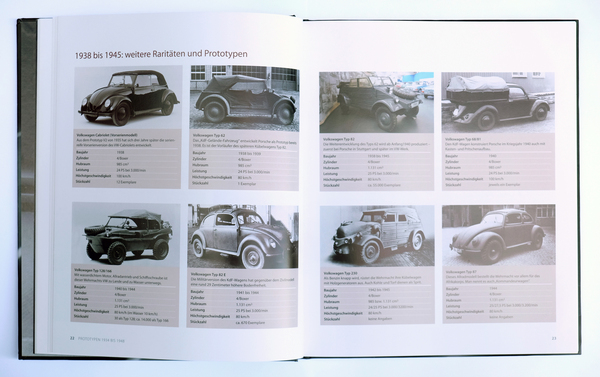
The first VWs were not built at VW, but at Zündapp, NSU or Daimler-Benz. Prototypes and pre-series models were built everywhere - except at Volkswagen - until series production, which basically only began after the war.
The three phases
The book can be roughly divided into three sections: Firstly, the creation of the Volkswagen; secondly, the secret projects of VW boss Nordhoff; and finally, the studies and special bodies of the last two decades, which we will not go into in detail. Vieweg does well with this division.
Although often described elsewhere, he briefly but concisely outlines the history and development of the Beetle. He does not omit the special developments for the military and begins the second section with the model with which the first ends: The Beetle for the military.
VW after the war: the eternal search
The author takes a pointed look at the history of the Beetle as a million-seller, and at the same time begins to weave in a second exciting story behind the scenes at VW. The search for the successor to the successful model.
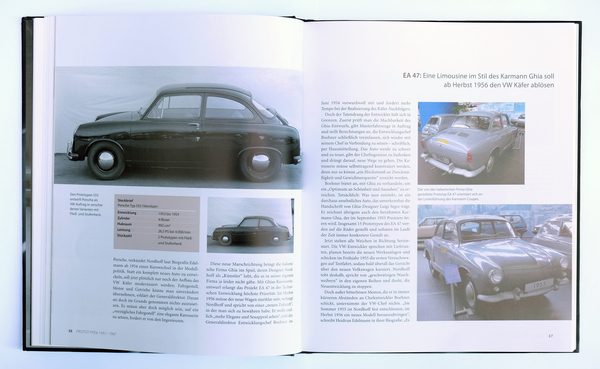
This section is undoubtedly the most interesting part of the book. Vieweg meticulously and chronologically shows where VW boss Nordhoff saw the opportunity for a successor. Where design, construction, management and external partners started, got bogged down and were discarded. Anyone familiar with the history of Volkswagen can really read a parallel story here. On one side in the fast lane and on the other in the hard shoulder ...

The mausoleum
VW was already looking for alternatives to the Beetle in the early 1950s. An attempt to develop a two-cylinder, two-stroke front-engined car, which was as good as finished, was stopped by Lloyd under pressure from the German government for reasons of competition protection.
The higher positioning was to be driven forward with the help of Porsche or Italian coachbuilders, as good experience had been gained with the Karmann Ghia. Somehow, the VW 1500 and the Type 411 were created, but these were actually just desperate attempts to get something on the road at all.
When Der Spiegel accused the Volkswagen Group of gambling away the future in 1960, Nordhoff had the famous mausoleum opened. More than 70 developments are said to have once stood in this large hall. Vehicles that were to succeed the Beetle, that were already in production and were then discontinued because the all-powerful VW father lost his courage. Compliments to the author. He confidently traces the background here. Proves that VW was technically incapable of developing anything new itself, and that once they had something to show, they questioned everything again until... Yes, until Nordhoff died.
The end of an era
Vieweg describes just how great the need was at VW with two trends: VW needed four corporate leaders between 1968, the year Nordhoff died, and 1982, as well as two acquisitions: Auto Union and NSU. Their technical makers and the new managers put VW in a position to transfer models constructively and purposefully into a new future.

Air-cooled boxers become water-cooled in-line engines, the streamline becomes a clear design with strong Italian influences from Giugiario or Bertone. This fresh cell cure describes what was probably VW's most important decade. The period from 1965 to 1975.
The new beginning
The fact that the departure from the boxer to the kettle was once again steered in a new direction by the poor figures is demonstrated by the prototypes, which were still very independent compared to the series models.
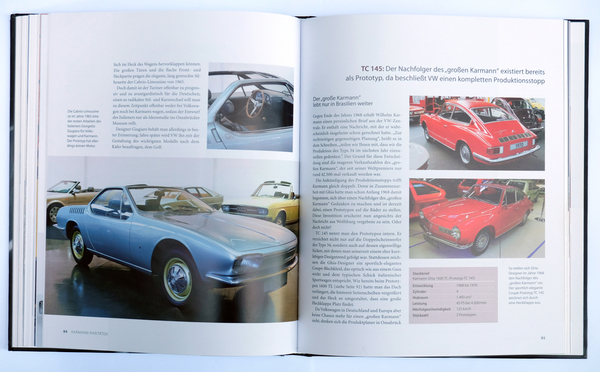
Before the Scirocco, Passat, Golf and co. rolled onto the roads from 1973, a much more independent VW line had been paving the way since 1968 under Nordhoff's successor Lotz. These were independent constructions in terms of both design and technology. However, this was pragmatically abandoned by his successor Leiding, who inherited Lotz due to his poor balance sheets through no fault of his own. Leiding, previously head of Audi NSU, relied on the consolidation of the brand that he had already triggered at Audi and turned the Audi 80 into a new Passat, the Audi 50 into a Polo, the Audi Pik As became the Scirocco and somehow the Golf was also something of a successor to the small NSU models.
All clear?
As linear as the history of VW reads with a caesura in the departure from the Beetle to the Golf, this book is all the more exciting. The author's 160 pages are like an excursion into a parallel world of VW. Whether air-cooled 6-cylinder Boxer luxury sedans for the US market, or the difficult births of the Porsche 914 and 924 as well as secret projects such as the Type 700 (quasi the early Mulipla from VW) in the early 50s. Here you can discover them and just shake your head at how seemingly immature the success of the Beetle had made the company and its driver. Thanks to the numerous contemporary and current illustrations of the rescued vehicles, it is easy to follow the trials and tribulations. Right up to the vehicles that were already produced on the assembly line and then had to be scrapped because, once again, the time was not ripe to replace the Beetle.
The third part of the book, which then describes VW's research vehicles before moving on to the many studies shown at trade fairs, should not be concealed either. At least in this very last part, the book has fulfilled its duty as a chronicler, as it succeeds in providing an overview here too. If it hadn't been for this book, you would have had to search for the information laboriously.
Nevertheless, the past is more exciting than the modern era, and it would have looked good on the cover of the book.
Bibliographical details
- Title: VW history: Volkswagen rarities - prototypes, research cars, studies. 70 top-secret prototypes from the 1950s and 60s; revealing facts and figures about the backgrounds
- Author: Christof Vieweg
- Publisher: Geramond, 1st edition 2015
- Size, format: 227 x 274 mm, hardcover, 160 pages, 2 color and 30 b/w images and 185 color illustrations
- Price: € 34.99
- ISBN: 978-3-86245-721-2
- Order/Buy: Online at amazon.de
, at the publisher Geramond or in well-assorted bookstores
